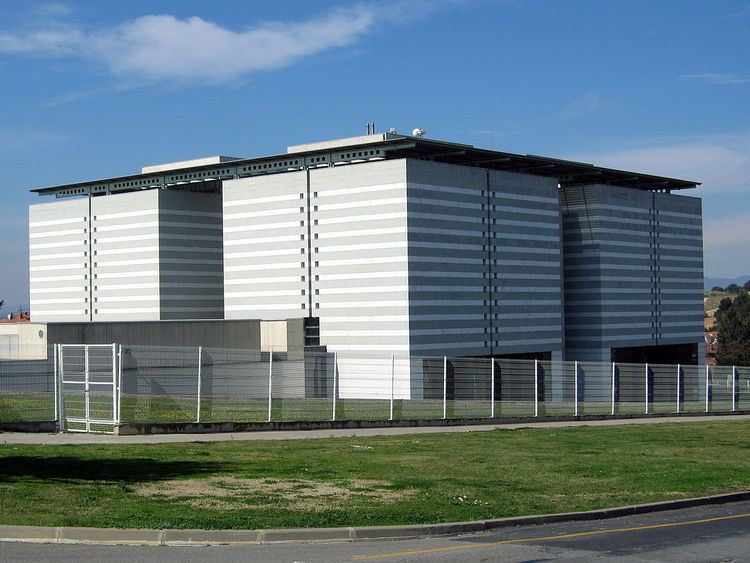Province Province of Barcelona Founded 28 November 1980 | Website anc.gencat.cat Phone +34 935 89 77 88 Number of employees 40 | |
 | ||
Formed November 28, 1980 (1980-11-28) Hours Open today · 8AM–6:30PMTuesday8AM–6:30PMWednesday8AM–6:30PMThursday8AM–6:30PMFriday8AM–3PMSaturday9AM–2PMSundayClosedMonday8AM–6:30PMSuggest an edit Jurisdictions Catalonia, Generalitat de Catalunya Similar Biblioteca Mira‑sol ‑ Marta Pe, Ajuntament de Sant Cugat del, Teatre‑Au Sant Cugat, Cugatcat, Biblioteca de Catalunya Profiles | ||
The National Archive of Catalonia (ANC), is a body created by the Generalitat of Catalonia by decree the 28th November 1980. Located in Sant Cugat del Vallès, it is the Catalonia government's official archive, and holds both government and private documents relating to Catalonia's society, politics, economics and history. As government's historical archive, the ANC collects, preserves and disseminates the most relevant records of Catalonia's political and administrative activity of the departments, institutions and companies that make up the Government of Catalonia.
Contents
History
The great responsibility of developing the Catalan cultural heritage was started by the Commonwealth of Catalonia, and from 1931 on followed by the Ministry of Culture of Catalonia. In that very same year, a proposal for the creation of a National Archive of Catalonia was made by the Archives, Libraries and Fine Arts Conference, but was only in 1936 that a new archive became a reality. Two years before, as a consequence of the transfer of competences from the Government of Spain to the Generalitat, the archive of the Diputació del General's ownership was transferred to Catalan government.
On 29 September 1936, a decree signed by Josep Tarradellas, stated that the archive would settle in the Palau Episcopal of Barcelona. Afterwards, in 1938 and within the context of the Spanish Civil War, the National Archive of Catalonia moved to the monastery of Pedralbes, until the documents were spread throughout Catalonia in order to save them from war's threat.
Once the war was over, Franquism confiscated all the documents, knew from that moment on as Salamanca Papers. Only with the advent of Democracy in the 1980s, the National Archive of Catalonia was officially created by the Generalitat. Its first director was Casimir Martí i Martí (1980-1991), and from 1992 until now, Josep Maria Sans i Travé currently holds the position.
The building
Until 1995, the ANC was located in the Eixample of Barcelona, in an edifice that was used as school and editorial office of both newspapers Solidaridad Obrera and Solidaridad Nacional. Despite refurbishing the structure, the building was not suitable for archive needs and a new one was constructed. The new and bigger archive was inaugurated on 23 April 1995 in Sant Cugat del Vallès in a 17.700 square meters plot.
Its architect, Josep Benedito i Rovira, designed a functional construction divided in four major blocs connected by a courtyard. Most of spaces are used as deposits, and other as administration offices, conservation laboratories and different facilities. As the National Archive of Catalonia holds high-value documents, modern safety conditions were introduced to guarantee the right conservation of the collections.
Departments
With the purpose of providing all the services concerned, the institutions is organised into different divisions:
Notable collections
There are several notable collections held by the National Archive of Catalonia. These include:
